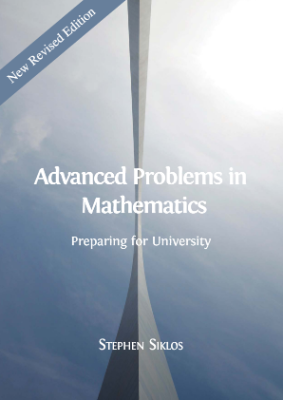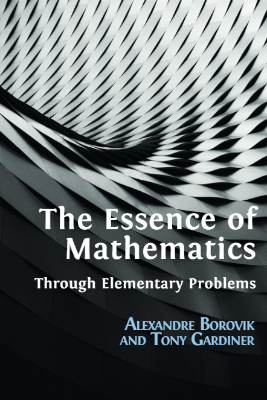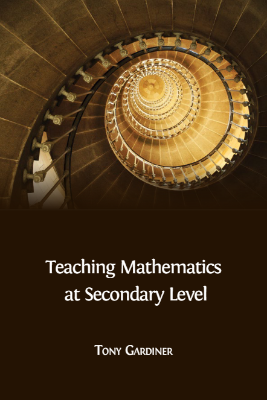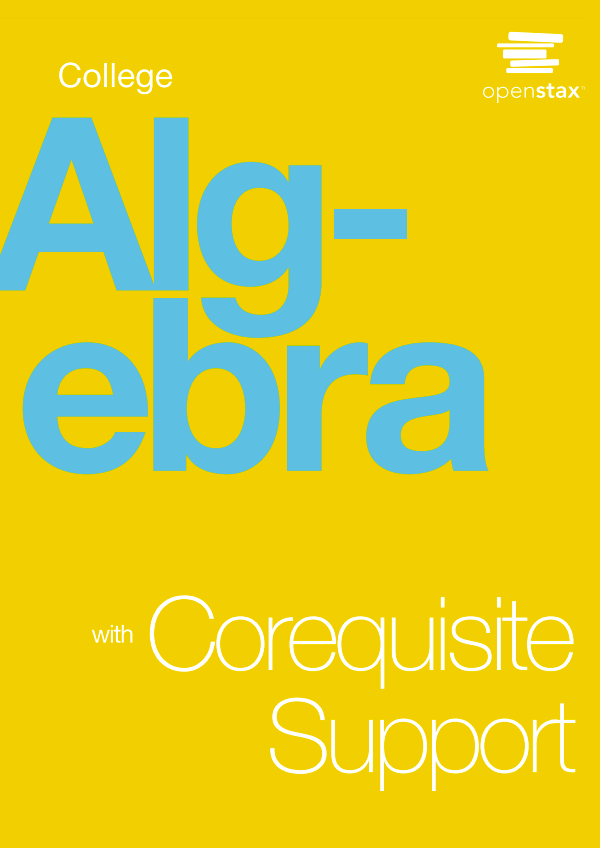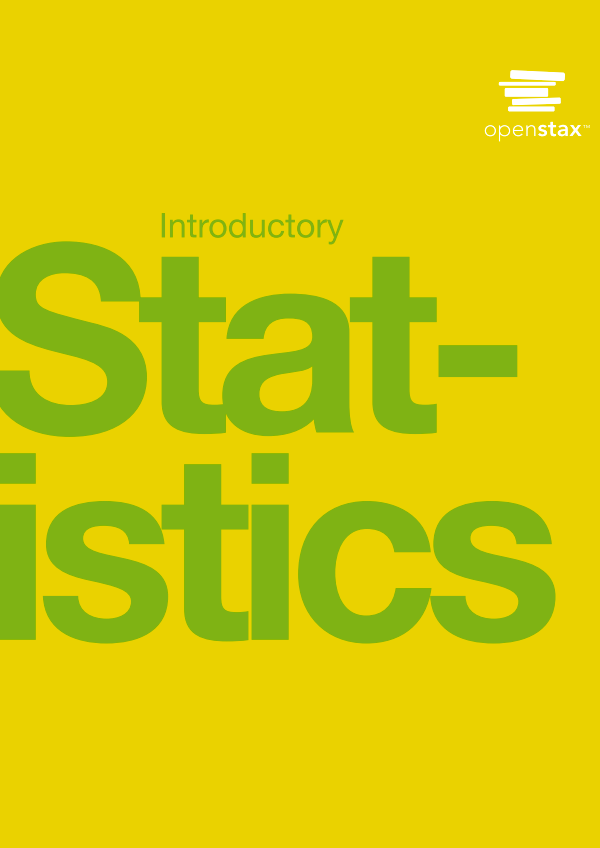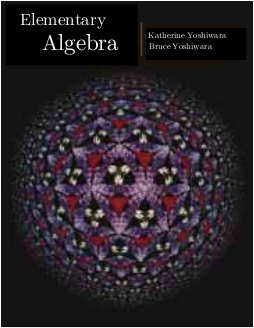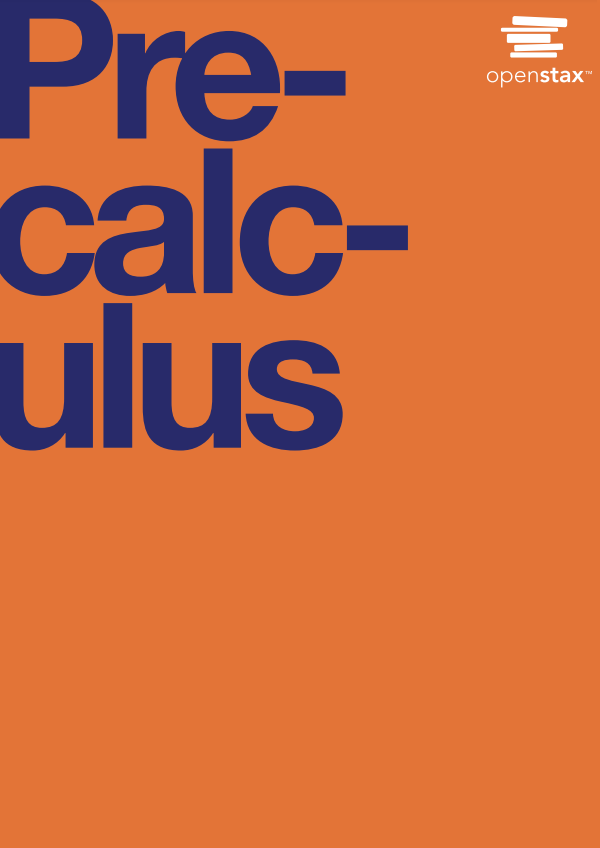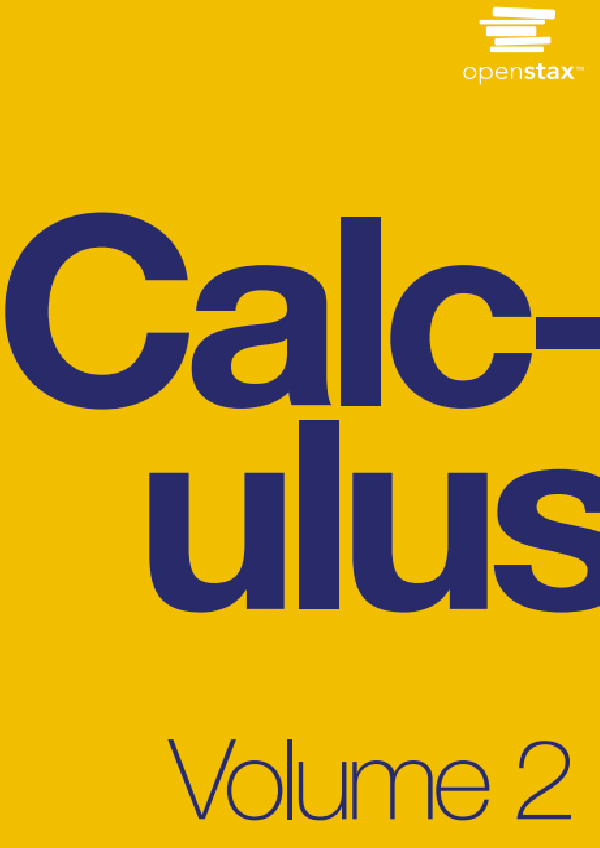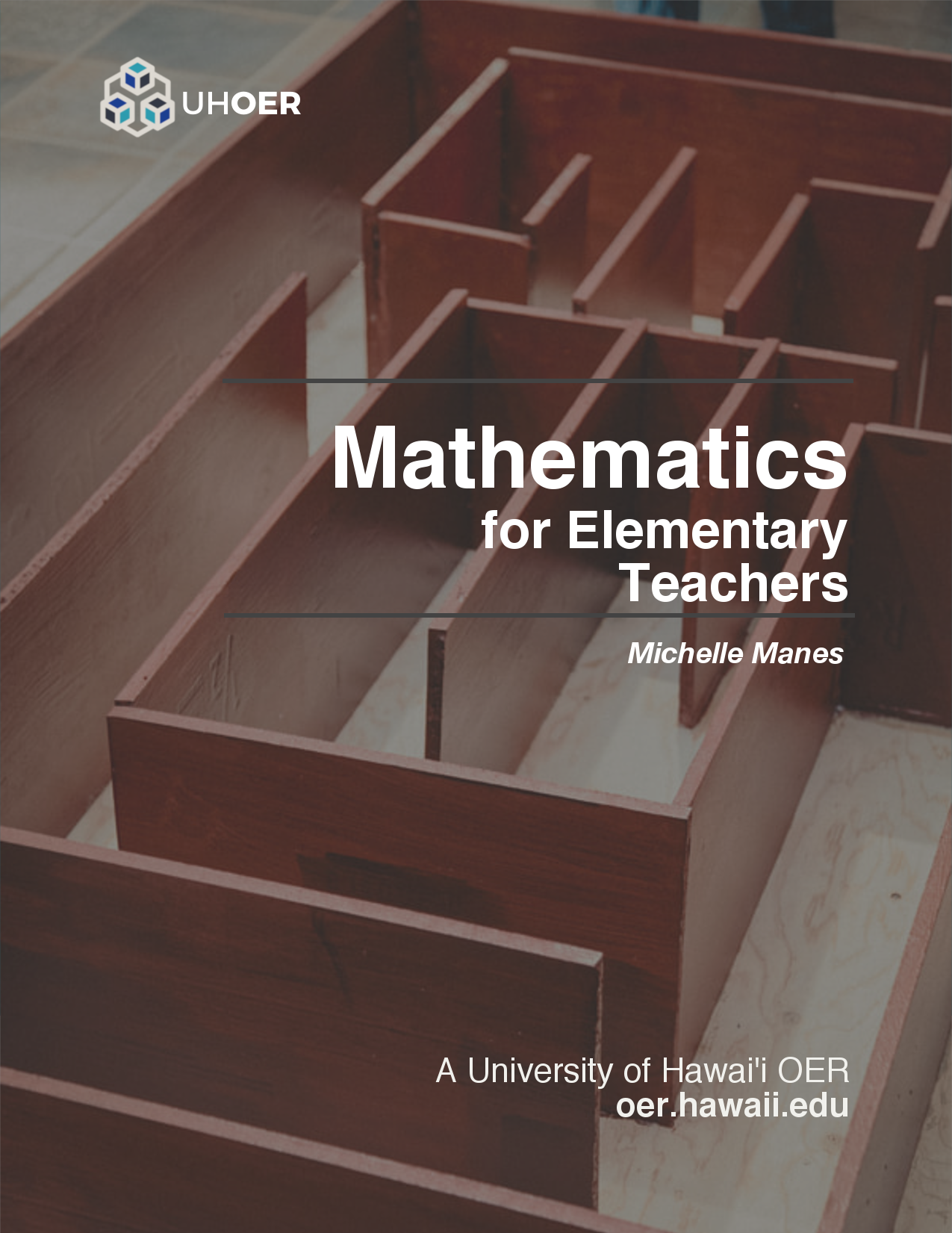This book has two aims.
- The general aim is to help bridge the gap between school and university mathematics. You might wonder why such a gap exists. The reason is that mathematics is taught at school for various purposes: to improve numeracy; to hone problem-solving skills; as a service for students going on to study subjects that require some mathematical skills (economics, biology, engineering, chemistry—the list is long); and, finally, to provide a foundation for the small number of students who will continue to a specialist mathematics degree. It is a very rare school that can achieve all this, and almost inevitably the course is least successful for its smallest constituency, future mathematics undergraduates.
- The more specific aim is to help you to prepare for STEP or other examinations required for university entrance in mathematics. To find out more about STEP, read the next section.
It used to be said that mathematics and cricket were not spectator sports; this is still true of mathematics. To progress as a mathematician, you have to strengthen your mathematical muscles. It is not enough just to read books or attend lectures. You have to work on problems yourself. One way of achieving the first of the aims set out above is to work on the second, and that is how this book is structured. It consists almost entirely of problems for you to work on.
The problems are all based on STEP questions. I chose the questions either because they are ‘nice’— in the sense that you should get a lot of pleasure from tackling them (I did), or because I felt I had something interesting to say about them.
The first two problems (the ‘worked problems’) are in a stream of consciousness format. They are in- tended to give you an idea of how a trained mathematician would think when tackling them. This approach is much too long-winded to sustain for the remainder of the book, but it should help you to see what sort of questions you ought to be asking yourself as you work on the later problems.
Each subsequent problem occupies two pages. On the first page is the STEP question, followed by a comment. The comments may contain hints, they may direct your attention to key points, and they may include more general discussions. On the next page is a solution; you have to turn over, so that your eye cannot accidentally fall on a key line of working. The solutions give enough working for you to be able to read them through and pick up at least the gist of the method; they may not give all the details of the calculations. For each problem, the given solution is of course just one way of producing the required result: there may be many other equally good or better ways. Finally, if there is space on the page after the solution (which is sometimes not the case, especially if diagrams have to be fitted in), there is a postmortem. The postmortems may indicate what aspects of the solution you should be reviewing and they may tell you about the ideas behind the problems.
I hope that you will use the comments and solutions as springboards rather than feather beds. You will only really benefit from this book if you have a good go at each problem before looking at the comment and certainly before looking at the solution. The problems are chosen so that there is something for you to learn from each one, and this will be lost to you for ever if you simply read the solution without thinking about the problem on your own.
What is STEP?
STEP (Sixth Term Examination Paper) is an examination used by Cambridge University as part of its procedure for admitting students to study mathematics. Applicants are interviewed in December, and may then be offered a place conditional on the results of their public examinations (A-level, International Baccalaureate, etc) and STEP. The examinations are sat in June and offers are confirmed in August when all the examination results are available.
STEP is used for conditional offers not just by Cambridge, but also by Warwick University as part of a range of offers, and to a lesser extent by some other English universities. Many other university mathematics departments recommend that their applicants practise the past papers even if they do not take the examination. In 2019, more than 4500 scripts were marked, compared to about 500 students holding STEP offers from
